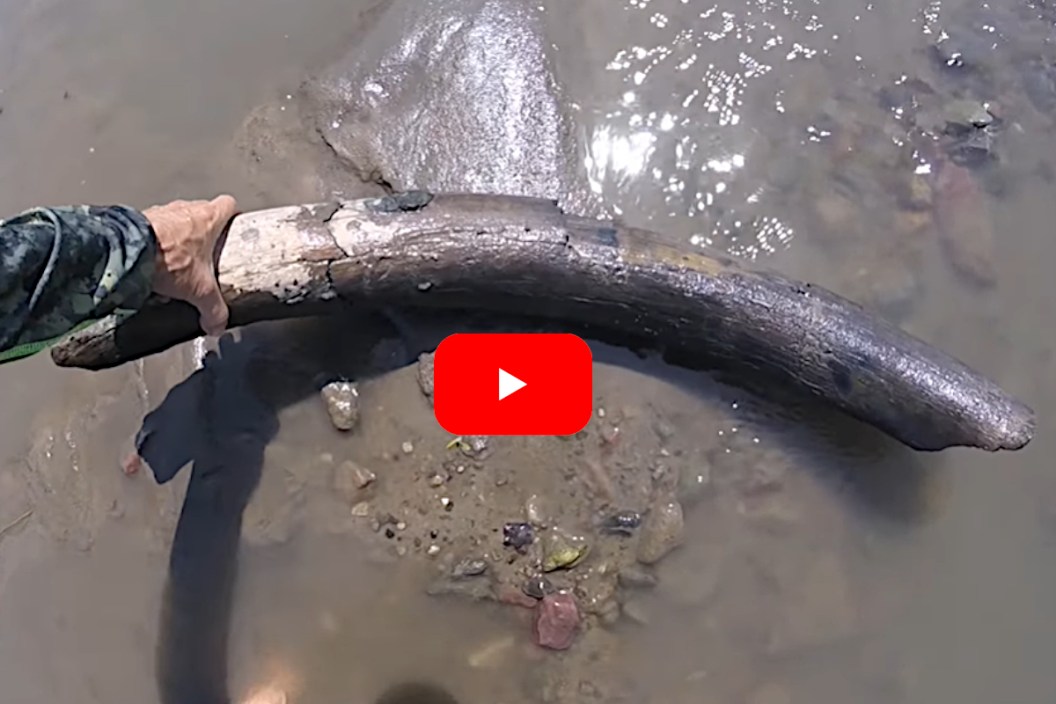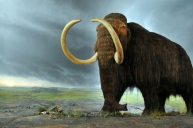This arrowhead hunter stumbled across part of a woolly mammoth!
One never knows what they may find in a river. These waterways are major supporters of life and both humans and animals tend to congregate around them. As a result, many things end up left behind in them. Some of them end up getting carried miles downstream or end up buried in the mud from the ever-shifting sands of the river bottom.
Every so often, the sands will shift just right and unveil amazing hidden treasures at the bottom of a river or creek. Things that have been lost to time for thousands of years.
This arrowhead hunter was simply searching a shallow stretch of river for lost points from Native Americans when he spotted something even more exciting. It is a giant piece of ivory, likely from a woolly mammoth!
In the video's description, YouTuber River Bound notes how finding a tusk has been on his bucket list. On his channel, he has located bits and pieces of tusks before, but never one as intact as this one. It really sets the imagination churning wondering how this tusk ended up at this spot. We cannot blame this guy for wanting to keep the location a secret.
In case you were wondering, woolly mammths grew to heights of nearly 12 feet tall and weighed up to six short tons. It is hard today to imagine an animal that large wandering around the forests and lakes of North America. While other parts of mammoths are sometimes preserved, it seems like tusks are all that is found in most instances.
The last mammoths disappeared from Earth around 4,000 years ago, so one must believe this tusk is at least that old, if not much older. Truly an amazing find. I spend almost every spring searching for shed antlers. However, I may also have to add discovering a mammoth tusk to my bucket list of things to do. Once cleaned up, something like this makes for an incredible conversation piece!
For more outdoor content from Travis Smola, be sure to follow him on Twitter and check out his Geocaching and Outdoors with Travis YouTube channels.
NEXT: THE AXIS DEER AND HOW THEY'RE IMPACTING PARTS OF THE UNITED STATES
WATCH





